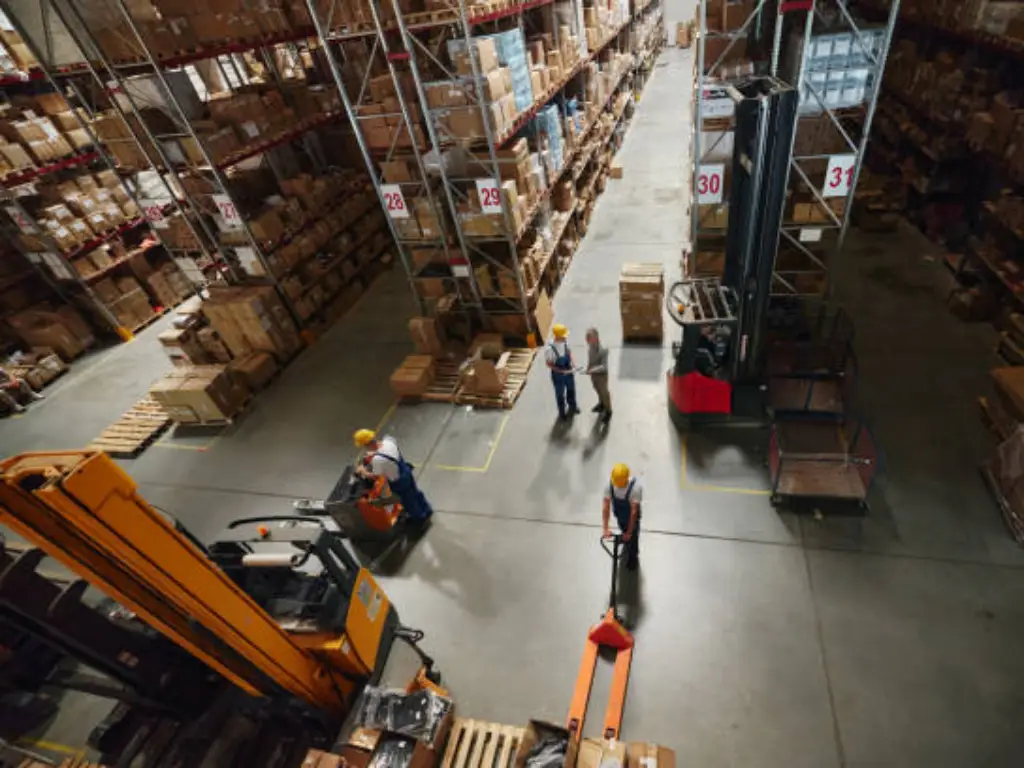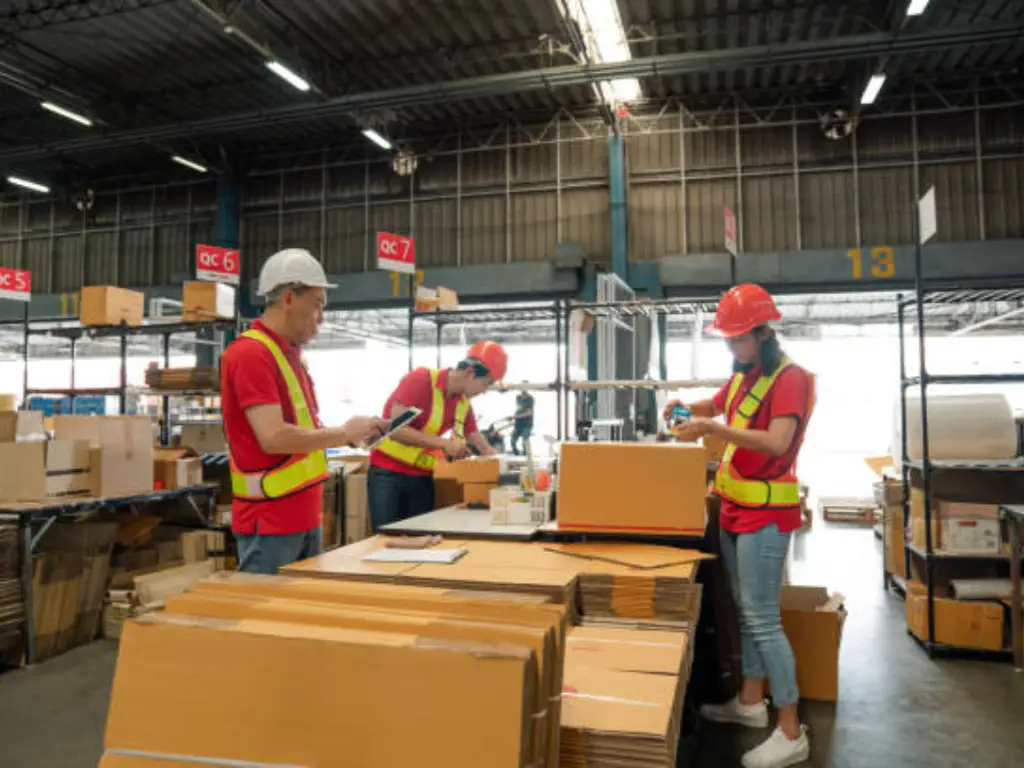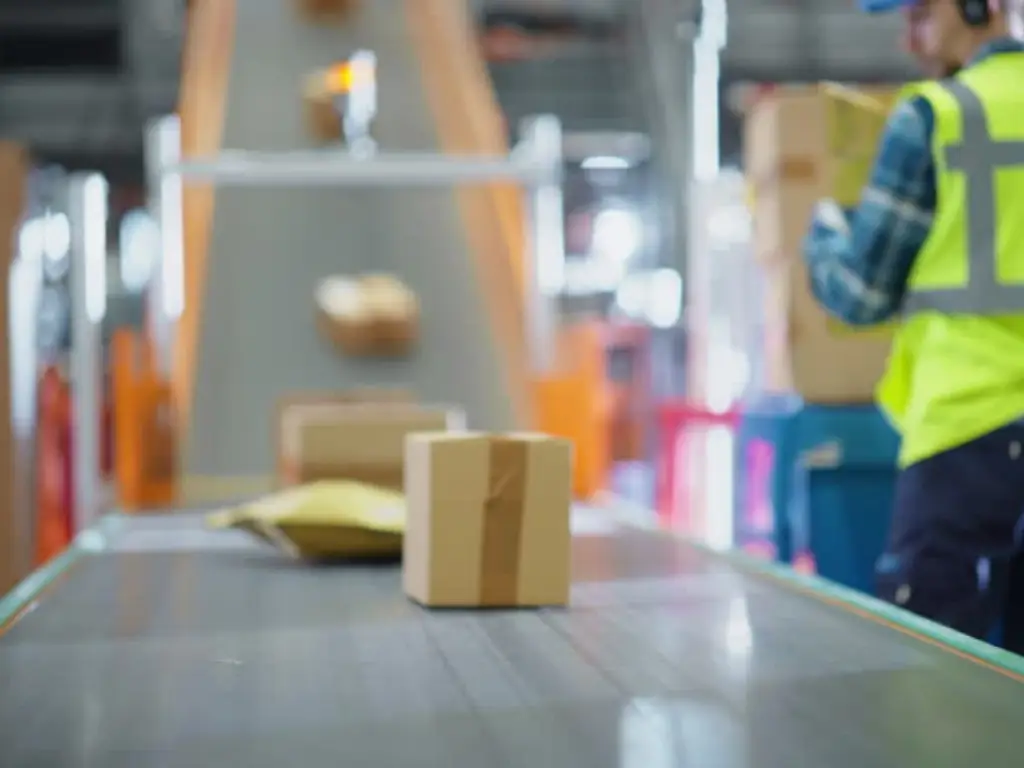Introduction
Therefore, you are all set to enter the e-commerce world. You have the motivation, the vision, and a concept that you know will be a success. Then you come to the first big fork in the road on your path: how do you physically get products into the hands of your customers? This one choice determines all of your business, including your bank account and your daily schedule. This is the final showdown between dropshipping and wholesale. The decision between these two prevailing business models may be overwhelming, but you need not worry. We are going to deconstruct it. At the end of this guide, you will be able to understand which path is the right one to choose.
Understanding Dropshipping and Wholesale

Before we can compare them, we should be on the same page as to what these terms actually mean. They are two completely different ways of operating an online business.
What Is Dropshipping?

Dropshipping is a business model in which you, the retailer, run an online store without having to carry any stock. When someone buys a product on your site, you are in effect a middleman. You receive the money from the customer at your retail price. You then order the same from your third-party supplier (usually a manufacturer or wholesaler) and pay their lower, pre-agreed price. The supplier will then deliver the product to the customer on your behalf. The difference between the amount the customer paid you and the amount you paid the supplier is your profit margin. This model removes the financial risk and logistical headache of inventory management so that you can concentrate nearly all of your efforts on marketing, customer acquisition, and brand building.
What Is Wholesale?
The traditional basis of retail is the wholesale model, which is based on the idea of purchasing goods in large quantities to sell them separately at a profit. As a business owner, you buy a bulk amount of goods directly to a manufacturer and you may have to order a Minimum Order Quantity (MOQ). This bulk buy will enable you to enjoy economies of scale and you will get a very low price per unit. But you then take complete responsibility of the whole logistics chain. This involves taking care of all physical stock, storing the products and taking care of the entire order fulfillment process of each sale, including taking the product off the shelf, packing it and shipping it out. Although this model demands greater initial capital and operational effort, it allows you to have full control over the quality of your products, branding, and the customer experience as a whole, which usually results in much higher profit margins.
Key Differences Between Dropshipping and Wholesale
This is where the dropshipping vs wholesale argument gets hotter Their business operations differ in huge proportions and will affect all aspects of your venture.
Startup Capital & Financial Risk
Dropshipping allows you to start with very little. The low startup costs are a massive attraction; the only cost you have to incur is your ecommerce platform There is a significantly reduced financial risk since you do not purchase products in advance. You cannot be left with a load of unsold merchandise.
Wholesale is the absolute antithesis of it involves a large initial outlay to buy stock. The greater the quantity purchased, the cheaper the unit price, due to economies of scale. This, however, locks up your cash and is subject to the risk of unsold stock, which can be a disaster to a new business.
Profit Margins & Pricing Power
This is where wholesale excels. Purchasing in large quantities will result in a significantly lower price per unit, which will translate into increased profit margins on your part. You can afford to play with prices and have promotions.
A dropshipping business, however, is usually associated with smaller profit margins. Since you are purchasing items individually, it is more expensive. You are frequently in a competitive market where you are competing on price which is a race to the bottom.
Inventory Management & Operational Complexity
The dropshipping business model is simply elegant on the operations front. Your primary concern is marketing and customer order processing. There are no headaches with warehousing, packing, or keeping inventory levels.
A wholesale business is operationally complicated Inventory management is a full-time occupation. You require space to store, packing materials and a system to manage the whole shipping process. It is a logistics-intensive, hands-on operation.
Brand Building & Customer Experience
Wholesale allows you to have direct control of building a memorable brand. You are in charge of the packaging, you can add custom inserts, and you can control the shipping times. This enables you to develop a great customer experience that generates loyalty and customer satisfaction.
It is much more difficult with dropshipping. The package comes from a generic supplier, and you have no control over the branding. You also lose some quality control, which means that there is a greater chance of defective products reaching your customers and damaging your reputation.
Product Selection & Business Scalability
Dropshipping is extremely flexible. You can test the most popular product ideas with no risk and add hundreds of items to your dropshipping store overnight. This simplifies the tracking of trends and reacts to customer demand.
Expanding a wholesale business is more capital-intensive and needs more planning. The introduction of a new product line will require another huge initial investment in inventory and storage space. Development is usually more gradual.
Pros and Cons of Dropshipping
The main attraction of dropshipping is that it has a very low entry barrier. You can start a business anywhere with just an internet connection and with extremely low startup costs and virtually no financial risk. The model is incredibly flexible, and you can test a vast range of products and change your strategy in a short period without having to manage physical inventory. This convenience, however, has its trade-offs. You have to work on very thin profit margins and lose all control over the supply chain, making you susceptible to shipping delays and the quality standards of your supplier. This reliance also makes it extremely hard to create a distinctive brand image with custom packaging or a personalized customer experience.
| Pros | Cons |
| Minimal startup costs & risk | Very low profit margins |
| Location independent | No control over shipping |
| Easy product testing | Difficult to build a brand |
| No inventory management | High dependency on suppliers |
Pros and Cons of Wholesale
The wholesale model is the classic way of developing a serious, profitable brand. The main benefit of it is that it will allow you to gain much higher profit margins and have full control over your business. You control the quality of the product, you design a distinct brand image with custom packaging, and you establish a high-quality customer experience throughout the process. This control enables you to create a defensible, long-term brand asset. Such strong advantages, however, require a high initial outlay to buy inventory, and this presents the high financial risk of being left with unsold inventory. The complexity of operations is also much higher, since you have to handle all storage, fulfillment and logistics, and your business is much less agile to change the product offerings rapidly.
| Pros | Cons |
| Higher profit margins | Large initial investment |
| Full control over branding & quality | Risk of unsold inventory |
| Superior customer experience | Complex operations & logistics |
| Builds a defensible brand asset | Less flexible to pivot |
Who is Best Suited for Dropshipping?
According to our big dropshipping vs wholesale comparison, the dropshipping model is probably your best starting point when:
- You are a novice with a small budget.
- You are interested in trying out a business idea or a new market with minimum risk.
- You want a side hustle that is low maintenance.
- You are strong in marketing and you do not want to deal with the logistics complexities.
Who Should Choose the Wholesale Model?

On the other hand, dropshipping vs wholesale coin, you should strongly consider the wholesale option in case:
- You are adequately capitalized to make the initial stock investment.
- You are committed to developing a long-term brand.
- You insist on high standards of quality control of your products and customer experience.
- You are willing to get your sleeves rolled up and handle the issues of inventory management and order fulfillment.
Beyond the Dilemma: How an Agent Model Merges the Best of Both

Entrepreneurs desire a more convenient approach after viewing the advantages and disadvantages. We are that solution at speedbeedropshipping, designed to eliminate the greatest risks of dropshipping. We eliminate the fear of low quality of products and unreliable shipping by assuming all the risks. Our assurance is your assurance: in the event that an item arrives damaged or defective, or the carrier loses the package at any point during delivery, we will reship it at our own cost. No claims, no additional costs. This offers a degree of security, price stability, and quality assurance that the large, anonymous platforms cannot.
In addition to risk management, we enable you to create a true brand. speedbeedropshipping offers custom packaging, branded inserts, and thank-you notes, which are normally only available to wholesale buyers. This will enable you to develop an unboxing experience that will be memorable and will help you build customer loyalty and gain a real competitive edge. Being the first and only supplier that helps dropshippers to have full control over their supply chain, including product quality and final unboxing, we fill the gap. We provide the low-risk flexibility of dropshipping with the brand-building power of wholesale, the ultimate platform to your success.
Level Up: From Dropship to Brand
The best way to go is to begin with the dropshipping model to identify your winning products with minimal risk. When you have found a bestseller with steady customer demand, get an agent to promote it. We can find it, enhance it, and package it in your own branding. This enables a smooth transition between a basic dropshipping store and a full-fledged brand, without you having to invest in thousands of units.
Decision Time: A Chart to Help You Choose
Having second thoughts? Use this easy table to compare the dropshipping vs wholesale matchup to see which model best fits your resources and objectives.
| Factor | Dropshipping | Wholesale |
| Initial Budget | Very Low ($) | High ($$$$) |
| Financial Risk | Very Low | High |
| Profit Margins | Low | High |
| Operational Work | Low (Marketing Focus) | High (Logistics Focus) |
| Brand Control | Very Low | Very High |
| Time to Start | Fast (Days) | Slow (Weeks/Months) |
Conclusion
The dropshipping vs wholesale debate does not have a single winner at the end of the day. The most appropriate option is solely dependent on your individual objectives, budget, and the level of involvement you desire.
Dropshipping is an amazing, risk-free way to enter the online shopping world. Wholesale is a good base of establishing a sustainable profitable brand. And in case you find yourself desiring the versatility of the former and the strength of the latter, keep in mind that an agent service can fill that gap, providing you with a powerful means to success. Choose and build.



